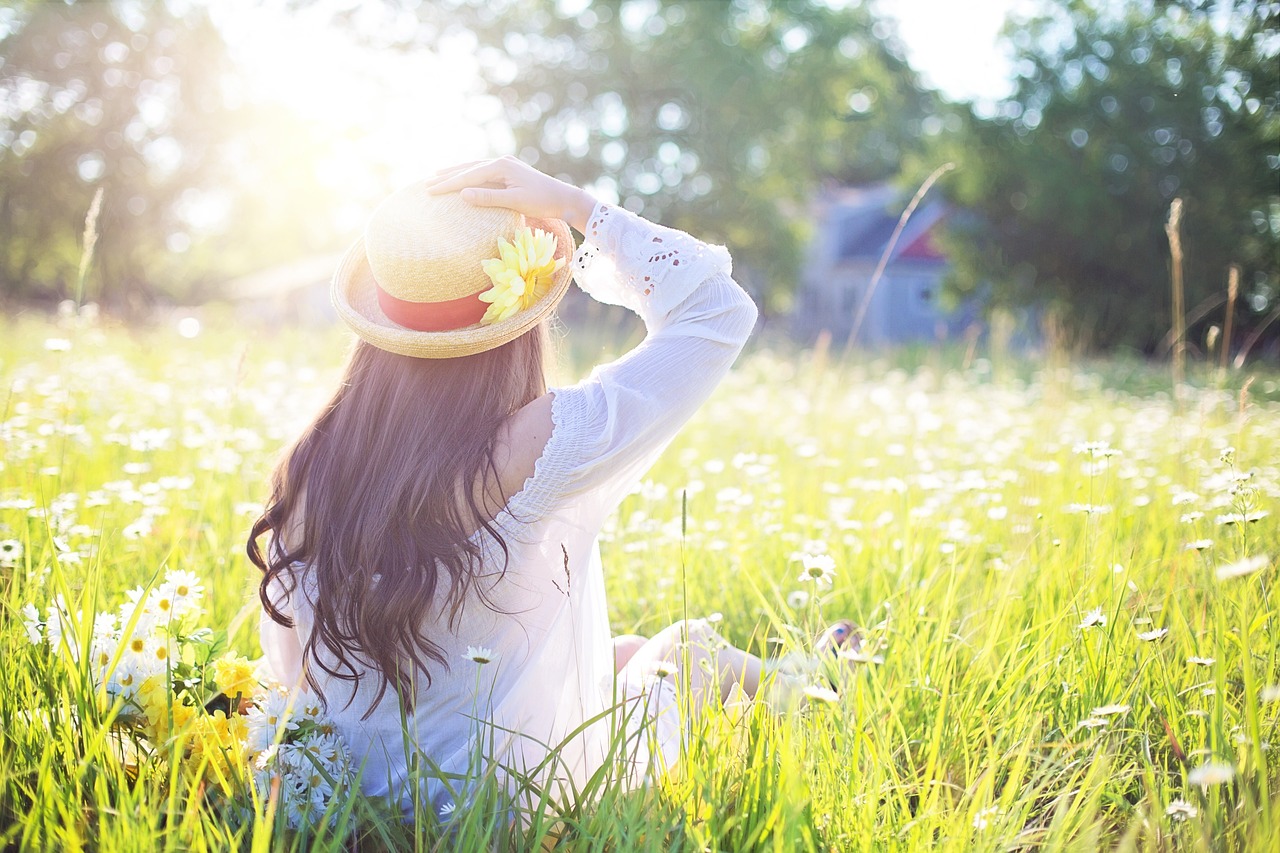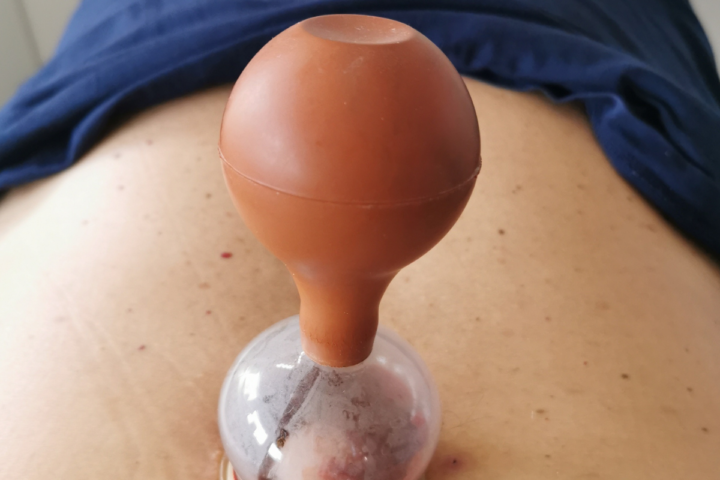Seasonal affective disorder, also known as seasonal depression, abbreviated SAD from the English name seasonal affective disorder was first described in the 1980s by Norman E. Rosenthal. This type of depression is mainly characterised by the cyclical nature of its symptoms and is distinguished by its treatment, which is mainly phototherapy.
Statistics indicate that seasonal depression can occur in up to 5% adults in the US alone. Its symptoms can appear at any age, but it usually begins between the ages of 20 and 30 and is much more common in women than in men.
Symptoms of seasonal depression
The most common symptoms of seasonal affective disorder can include:
- lowering of mood,
- loss of energy,
- anhedonia, i.e. the inability to feel happiness, what was previously pleasing becomes completely indifferent and no longer causes joy,
- sleep and appetite disturbances,
- a feeling of unease,
- a sense of worthlessness,
- Reflections on the meaning of life,
- concentration problems,
- unjustified guilt.
What causes seasonal depression?
On autumn and winter cloudy days, as much as two to three times less light reaches our brain than in spring, and as much as 100 times less than in summer while sunbathing on the beach. The lack of sunshine and reduced physical activity outdoors during the cold season results in a gradual deterioration of the patient's mood.
The link between the functioning of the biological clock and sunlight has only recently been discovered. It turns out that melatonin, secreted by the pineal gland, influences feelings of sleepiness and lowers body temperature. Serotonin, which stimulates and improves mood, has the opposite effect. Sunlight, in turn, sends a nerve impulse through the retina to the pineal gland, which regulates the concentration of melatonin and serotonin in the blood.
Too much melatonin exacerbates depressive symptoms, causing a lowered mood, and a desire to consume simple carbohydrates These symptoms appear in autumn, worsen in winter and usually pass with the onset of spring.
Phototherapy - an effective treatment for SAD.
An effective method of improving wellbeing can be the use of phototherapy, This involves the treatment of white light. The world's first light therapy institute was founded in 1898 by the Danish physician Niels Finsen, where he treated patients with tuberculosis, for which he received the Nobel Prize in 1903. Nobel Prize. Today, phototherapy is used to treat depressive disorders, sleep disorders or seasonal depression.
Phototherapy is the exposure of the skin of the face and eyes to a lamp with light imitating sunlight. It reduces the symptoms of autumn depression in 60-80 per cent of patients. The intensity of the light used in this therapy should be above 2,500 lux and lamps with a light output of 7,000-10,000 lux are usually used today. The entire treatment should last at least 14 days. In patients in whom phototherapy proves to be an effective treatment, the therapy usually continues until spring. Initially, treatments must be carried out daily, Once improvement has occurred, maintenance treatment is applied every few days.
The treatment of seasonal depression can also be o pharmacotherapy with antidepressants, including serotonin reuptake inhibitors. Psychotherapy may also be effective.
How does light therapy affect the human body?
Phototherapy has an all-round positive effect on our body. It causes:
- stimulation for work and regeneration,
- pain relief,
- improved metabolism and blood circulation,
- stress reduction,
- alleviation of skin lesions,
- reduction in muscle tension,
- cell regeneration,
- reducing the visibility of scars and discolouration.
Phototherapy - contraindications
Phototherapy should not be used by people:
- taking medication with light-sensitive effects
- using photosensitising herbs such as St. John's wort, pansy, calendula, chamomile, daisy, arnica montana and yarrow.
- suffering from glaucoma or retinal disease.
Patients with motor hyperactivity should consult their doctor about the use of phototherapy.





